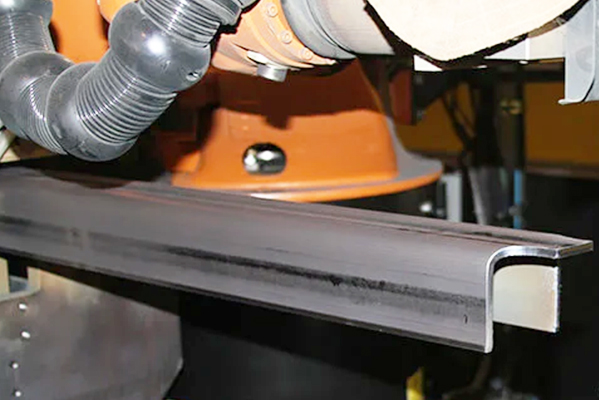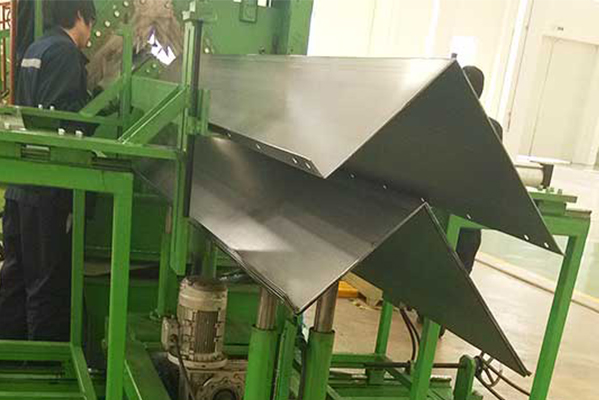Navigation Menu
Contact Us
- Email:
- info@wxavatar.com
- Address:
- Yurong Village, Yuqi Street, Huishan District, Wuxi, China.
Release Date:Jul 21, 2025 Visit:24 Source:Roll Forming Machine Factory
In metal fabrication, manufacturers often choose between custom roll forming machines and traditional metal forming methods like stamping, bending, or extrusion. Each approach has distinct advantages depending on production requirements, material specifications, and cost considerations. Understanding the differences helps businesses select the most suitable method for their needs.

1. Production Efficiency and Speed
Custom roll forming machines excel in high-volume production due to their continuous processing capability. Unlike stamping or press braking, which handle one part at a time, roll forming feeds metal coils through a series of rollers, shaping the material progressively. This method reduces cycle times and increases output, making it ideal for long runs of uniform profiles.
Traditional methods like stamping can be faster for simple, small parts but may require multiple steps for complex shapes. Extrusion, while effective for certain alloys, typically operates at slower speeds compared to roll forming.
2. Material Utilization and Waste Reduction
Roll forming minimizes material waste by using coiled metal, which is fed continuously with little scrap. In contrast, stamping and laser cutting generate more waste due to blanking processes. For manufacturers prioritizing efficient material usage, roll forming offers a clear advantage.
3. Precision and Consistency
Custom roll forming provides high dimensional accuracy, especially for long, uniform sections. The progressive shaping ensures consistent results across large production batches. Traditional methods like manual bending or hydraulic pressing may introduce variability, requiring additional quality checks.
4. Flexibility and Customization
While roll forming is highly efficient for standardized profiles, traditional methods like CNC bending or stamping offer greater flexibility for low-volume, highly customized parts. Adjusting a roll forming line for a new profile requires tooling changes, which can be time-consuming. For short runs or frequent design changes, traditional techniques may be more practical.
5. Cost Considerations
Roll forming requires significant upfront investment in tooling and machinery but becomes cost-effective for large-scale production due to lower per-unit costs. Traditional methods like press braking have lower initial costs but may incur higher labor and operational expenses over time, especially for high-volume orders.
6. Suitability for Different Materials
Roll forming works well with various metals, including steel, aluminum, and copper. However, extremely thick or hard materials may be better suited for extrusion or forging. Traditional methods like stamping can handle a broader range of thicknesses but may struggle with very thin or brittle metals.

Conclusion
Custom roll forming machines offer superior efficiency, precision, and material savings for high-volume production of consistent metal profiles. Traditional methods like stamping, bending, and extrusion provide greater flexibility for custom, low-volume, or complex parts. The optimal choice depends on production scale, material requirements, and budget constraints. Manufacturers should evaluate their specific needs to determine the best forming solution.